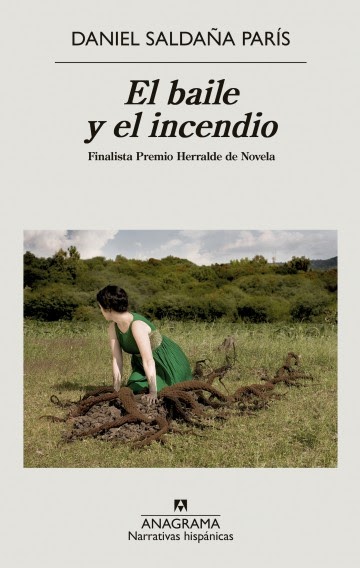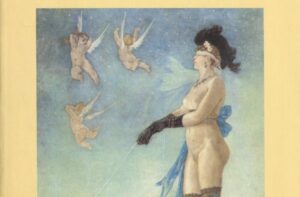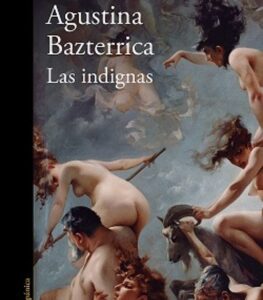
Original language: español
Year of publication: 2021
Valuation: highly recommended
As one of the (many) free spirits who write on this blog, the choice of my readings responds to the most erratic and random mechanisms, it so happens that in recent times I have reviewed many books by Sexto Piso and even more by Anagram. I will not test the patience of regular readers with the tiresome repetition of the reasons for my enormous affection for this publishing house, to the point of forgiving its insistence on publishing the insufferable annual installment of the Nothomb (the literary equivalent of the annoying cousin that presents at all family celebrations when no one wants him by their side). But I will share with you this curious coincidence: the last two books have been, the cover proclaims it with a certain discretion, slightly condescending to the eternal runners-up (please, let’s not make football similes), finalists of two Herralde Awards.
So much for the analogy with my previous review with which this brilliant novel has very little to do. And I am not going to draw comparisons that can only exude hatred and injustice. My gold standard would establish that distant star It is the absolute 10 – accurate, brief, dense, deadly – and (here the choice becomes more elusive) Ordesa It is the 0 exemplar – sappy, stupid, repetitive, irrelevant.
And perhaps the previous paragraph has more of a preamble than it seems, since this The dance and the fire It is a novel with obvious aftertastes boleñasco, from the choice of Mexico (in this case, the city of Cuernavaca) as the setting to the structure with changes in the narrator, the existence of friends united since childhood, the evocation with temporary discontinuities of the bonds, brittle but persevering, generated in adolescence and youth.
Natalia is a choreographer who gets an opportunity that has made it possible for her to pair up with Argoitia, a painter of some fame, older than her: she has to organize a dance in some public gardens, Erre, a friend and previous partner, has returned to her home. hometown after a bad love experience. Rabbit, the third element, continues to live in the city with his father who has suffered permanent blindness as proof of the deterioration that advanced age brings. Their relationship is not exactly a triangle. In fact, the three protagonists only coincide in the scene retrospectively. The backdrop is a city surrounded by forests and fields that are burning, an imitation of a pandemic where water is scarce, conspiracists believe that the population is being poisoned or narcotized by a new metal, the ashes float in the environment and they take responsibility. to those situations of strange street episodes: people break out into dancing and behave in strange and inexplicable ways. Each of the protagonists, Natalia, Erre, Conejo, take the voice in one of the parts of the book. The day of the choreography presentation seems to be the point at which they finally come together. Along the way, especially in the parts of Natalia and Erre (Conejo’s is for me the most direct, most earthly part) they will evoke, especially Natalia, their sexual initiation, and some of their cultural influences, a circumstance that allows Saldaña another twist, by inserting anecdotes and stories that turn this novel into a very stimulating exercise in narrative style and solvency.
Source: https://unlibroaldia.blogspot.com/2024/05/daniel-saldana-paris-el-baile-y-el.html


